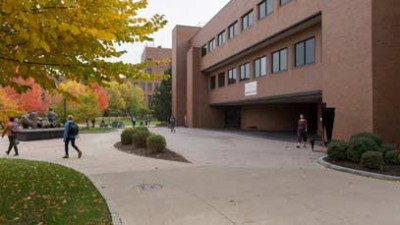Modern Languages and Cultures – Japanese Minor
- RIT /
- College of Liberal Arts /
- Academics /
- Modern Languages and Cultures – Japanese Minor
Featured Work and Profiles
-
From Rochester to Japan
Helping people connect, even when they speak different languages, is what drives Susannah Johnson (applied modern language and culture–Japanese option).
Read More about From Rochester to Japan
Curriculum for 2025-2026 for Modern Languages and Cultures – Japanese Minor
Current Students: See Curriculum Requirements
Contact
Program Contact
- Masako Murakami
- Principal Lecturer, Modern Languages and Culture
- Department of Modern Languages and Cultures
- College of Liberal Arts
- mxmgsl@rit.edu
Offered within
the
Department of Modern Languages and Cultures
Department of Modern Languages and Cultures
Search RIT
This website uses cookies to provide better user experience and functionality. You can control and configure cookies in your web browser.
Cookie Statement
|
How to Disable Cookies




